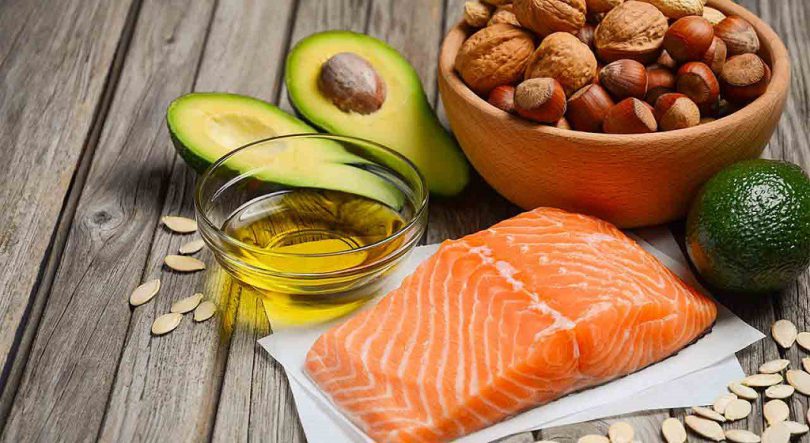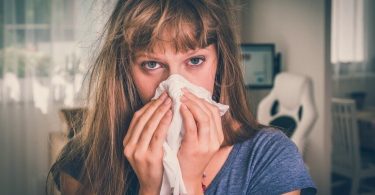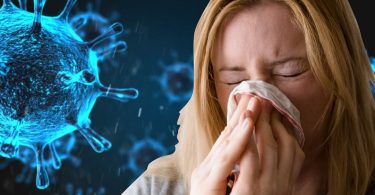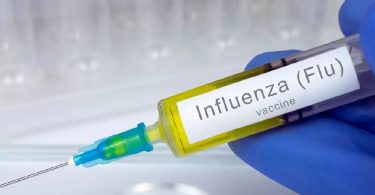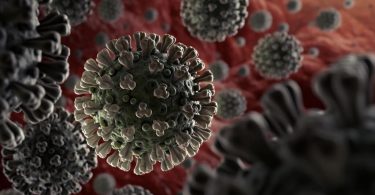No secret! To reduce cholesterol naturally, you will need to change your eating habits as well as those related to your lifestyle. You can also count on certain flagship foods.
Contents
Choosing the right fats
Why: the balance of total cholesterol and the reduction of bad cholesterol depend more on the quality of the ingested fats than on their quantity. We shoud make a distinction between ‘good’ and ‘bad’ fats according to the fatty acids they contain. Fats rich in saturated fatty acids increase bad cholesterol, unlike those rich in unsaturated fatty acids.
Which: limit the butter ( one of the foods richest in saturated fats ) and prefer vegetable oils such as olive oil for cooking, nuts or rapeseed for seasoning, and margarines enriched with phytosterols
To limit: sunflower, peanut and corn oils beneficial in small doses, but less in excess
To ban: palm oils, coconut, copra, rich in saturated fatty acids.
There are 2 kinds of cholesterol: LDL or bad cholesterol which in excess can accumulate against the walls of the arteries, causing atherosclerosis; and HDL or good cholesterol which recover excess cholesterol from the organs and bring it back to the liver where it is eliminated.
Limit ‘cholesterol’ foods
Bad eating habits are partly responsible for the increase in cholesterol.
Why: Cholesterol is a fat made 70% by the liver and the rest from food.
Limit: saturated fats that increase bad cholesterol *, contained in food of animal origin (beef, pork, eggs, dairy products, fried food …), pastries, ready meals …
Replace them: with unsaturated fatty acids that do not increase it, contained in vegetable oils (olive, rapeseed, nuts …), fish, white meats (poultry). Add fruits and vegetables.
Also think: low-fat products (skim milk, 3% cream …) in fat, so in cholesterol.
Practice physical activity

The risk of heart attack is 2 times higher in sedentary people than in active people.
Why: a sedentary lifestyle promotes diabetes, excess weight and hypertension. It also causes a decrease in good cholesterol.
What to do: physical activity increases good cholesterol. Practice ½ hour of activity per day, and maintain a healthy weight.
What activities: walking, gardening, swimming, cycling, jogging, gentle gym.
Quit tobacco
Why: tobacco lowers the level of good cholesterol (HDL), and favors the occurrence of blood clots which can block the arteries.
In addition: the chemicals, especially nicotine, found in cigarettes cause an increase in triglycerides *. Carbon monoxide also causes narrowing and thickening of the arteries, increasing the risk of heart attack and stroke. From the first cigarette we can observe the risk , and even in the case of passive smoking.
How: get help to stop smoking by consulting a tobacco specialist (info on www.tabac-info-service.fr), and by getting prescriptions for patches or other therapies like hypnosis …
triglycerides are compounds of fatty acids that are stored in fatty tissue. They allow you to be in good shape (fuel reserve for our organism). In excess, however, they are a risk factor for cardiovascular disease.
Do not abuse medication
Certain medication increase cholesterol levels.
Which: we find in particular anabolic steroids, corticosteroids, oral contraceptives, antiepileptics, acne treatments …
The case of the ‘pill’: if the cholesterol level is normal, it will increase little when taking the pill. On the other hand, if hypercholesterolemia is already present, contraceptives containing estrogens are then contraindicated. These hormones have an effect on the level of lipids in the blood. Changing or stopping the pill can then be considered.
How: if treatment is essential, cholesterol levels should be closely monitored and a diet recommended.
Eat soy
After numerous studies on soybeans, the Food and Drug Administration (FDA) has concluded that a diet containing 25g of soy protein daily combined with a diet low in fat reduces the risk of cardiovascular disease. In Europe, on the other hand, EFSA rejected in 2010 a request for a claim on soy protein and LDL cholesterol, for lack of evidence ensuring the causal relationship.
Why: We don’t yet know exactly why, but numerous studies show that soybeans greatly reduce cholesterol.
How: introduce it by replacing certain foods (meat for example) with tofu, or in the form of soy milk or in salads … Recent work suggests that the effectiveness of soy would be reduced by cooking it. Prefer raw soy.
Take phytosterols
What it is: Plants make natural substances, phytosterols, which lower cholesterol.
Why: phytosterols compete with cholesterol in the intestine, making it less soluble and preventing it from being absorbed. It is then eliminated in the stool. The liver will make bile again from the bad cholesterol available causing it to drop in the blood.
Where to find them: in vegetable oils, dried fruits, lentils and dried beans, in enriched margarines.
Eat garlic
Garlic would lower total cholesterol and bad cholesterol.
Why: it works on the same principle as statins (statins are drugs that aim to decrease the production of cholesterol by the liver by inhibiting an enzyme responsible for its manufacture) , by inactivating the enzyme which controls the production of cholesterol by the liver. Garlic also contains fructans, magnesium and adenosine, compounds which have a direct action on the fluidity of the blood, the elimination of water, and the dilation of the arteries.
Consumption: 2 raw or 4 cooked garlic cloves / day, crushed or chopped
Discover the benefits of nuts
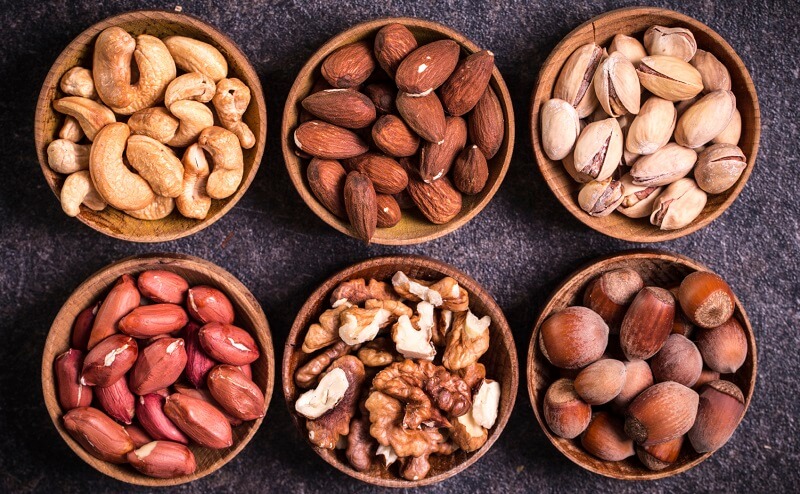
Nuts can lower bad cholesterol. According to a Japanese study carried out in 2002 and involving 40 people, the consumption of 44g to 84g of nuts per day for 4 weeks revealed a reduction in total cholesterol of 4 to 12% and bad cholesterol (LDL) from 9 to 16% on the test group. Other work, published in BMJ Open Diabetes, shows that a diet rich in nuts helps lower bad cholesterol in people at high risk for diabetes.
Why: nuts, rich in good polyunsaturated fatty acids and phytosterols, would change the way fats are broken down, thereby reducing bad cholesterol (LDL).
Consumption: a dozen nuts per day varying the species, walnuts, but also cashews, pecans, Brazil.
Know this: hazelnuts also have this virtue.
And also
Bet on fibers: these compounds from plants (vegetables, cereals, fruits) stimulate intestinal transit and at the same time facilitate the elimination of cholesterol.

